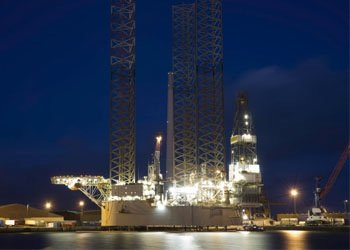The UK oil and gas industry has tested its ability to deploy a well capping device in the waters west of Shetland and reported its full success.
After the Deepwater Horizon disaster the Oil Spill Prevention and Response Advisory Group (OSPRAG) promised to improve well engineering and oil spill response. This included the creation of a well capping device for use in UK waters to seal-off an uncontrolled subsea oil well in the unlikely event of a major spill.
A recent Emergency Equipment Response Deployment (EERD) exercise aimed to simulate the process of transporting a well capping device, loading it on to a vessel and lowering it over the side before fixing it to a specially-built well on the sea floor.
Malcolm Webb, Chief Executive at Oil & Gas UK, said: “The UK oil and gas industry has a very high level of confidence in its ability to prevent blowouts. We haven’t experienced one here in over 20 years – in which time over 7,000 wells have been drilled.
Mr Webb acknowledged that the issue of safety was of real importance to the industry: “No matter how unlikely a blowout is, we recognise the importance of being prepared for low-probability, worst-case scenarios. This is why we regularly test our emergency response capabilities and why we wanted this particular exercise to be as realistic as possible.”
Project-managed and executed by Total E&P UK on behalf of Oil & Gas UK , the exercise ran from 16 to 26 July 2011 around 75km north west of Shetland.a





